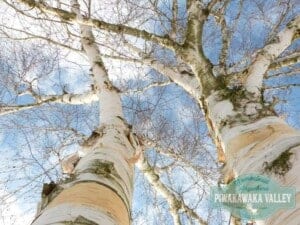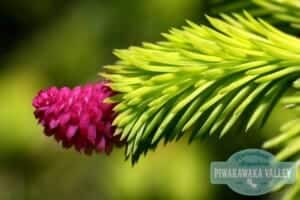This post was most recently updated on June 1st, 2021
Foraging for food is super satisfying, but for these 5 foods you do not have to travel far to find them. In fact you can probably forage from your backyard for this list. It might surprise you that you can eat them, but you can, and they are delicious!
Please read: This information is provided for educational purposes only and is not intended to treat, diagnose or prevent any disease. We encourage you to make your own health care decisions in partnership with a qualified health care professional.
This post contains affiliate links, this means at no extra cost to you, we make a commission from sales. Please read
our Disclosure Statement
Of course when you are foraging in your backyard or anywhere, it is really important to know beyond reasonable doubt that what you’re about to eat is what you think it is, and that it is actually considered edible. If in doubt, ask some one that knows, and don’t eat it until you are sure.
Are you eager to create wild plant-based, soul-soothing, immune-boosting recipes and fill your pantry with hand-harvested botanicals? The Foraging Course from Herbal Academy will get you started foraging wild edibles and herbs safely, ethically, and sustainably as they guide you through what you can eat and how. Check it out here
The other thing that you need to be aware of is the environment your plants have come from. You need to consider whether the area you’re picking in is likely to be polluted and also whether the plants have been sprayed with herbicides or pesticides.
If you are foraging in your backyard you are likely to know what pollutants are around, if you are venturing further afield, then be aware.
You don’t have to have a massive vegetable garden to be able to eat from your yard. You can grow medicinal herbs among your flowers, and eat some of the weeds and trees that are already there!
Here are 5 forage foods you may not know are even edible, and what’s more, you may well even have them in your backyard!
Birch Tree Sap

 Did you know you can tap more than just maples?
Did you know you can tap more than just maples?
Birch trees create a watery, tasteless sap that is high in nutrients and minerals. The magic happens once you boil it.
Tap your trees before the buds burst in early Spring, otherwise it will taste sour. As soon at it is harvested it needs to be processed to preserve it.
Put it in a large pot and boil on low for around 12-14 hours until you have a syrup. You can use it in place of maple syrup.
Spruce Tips

 You can eat spruce and pine when they very first emerge in the spring time, while the tips are soft and light green.
You can eat spruce and pine when they very first emerge in the spring time, while the tips are soft and light green.
They taste like they smell, with a hint of citrus. You can use them to make tea, flavor sugar or add them to shortbread or muffins for a tangy boost.
Wild Brassicas

 I have just discovered some of this today growing by my boy’s sand pit.
I have just discovered some of this today growing by my boy’s sand pit.
The flower heads look and taste like broccoli and the greens work well in salad, or steamed.
The leaves are quite sweet in Winter and peppery in Summer and the rabbits love them too.
Stinging Nettle

 We have these growing under our pine trees. If you touch them with bare skin you will know about it!
We have these growing under our pine trees. If you touch them with bare skin you will know about it!
However once they are cooked they lose their sting, and taste very similar to spinach.
Just make sure you wear gloves when you harvest the nettle and then dip them in boiling water for about 30 seconds to disarm the stingers. Or throw them all in a pot of soup, nettle soup is incredibly nutritious and delicious to boot.
If you want to learn more about the benefits of plants like nettles, I really recommend doing a good herbal course like the ones that the Herbal Academy run.
Mallow

 There are many different varieties of mallow, which are a genus of plants from the malva family.
There are many different varieties of mallow, which are a genus of plants from the malva family.
They vary in size from over 6 foot to tiny ground covers, they are all edible.
They can be used as a salad green or steamed and eaten like spinach.
Do you forage for food? What are your favorite wild foods? Tell me about it in the comments below!
For more information about foods that you can forage, check out these books. If you plan on foraging for mushrooms PLEASE make super sure you know what it is before you eat it!
If you would like help getting the most out of your garden, I would love to help you, find out more here
RELATED: Free Gardening Resources
If you like tips on frugal living, self sufficiency and consuming less, sign up to our newsletter below, I would LOVE to have you
For further reading, I also recommend all of these books. I own every one of them and they are amazing resources!
Please pin and share with your friends.






